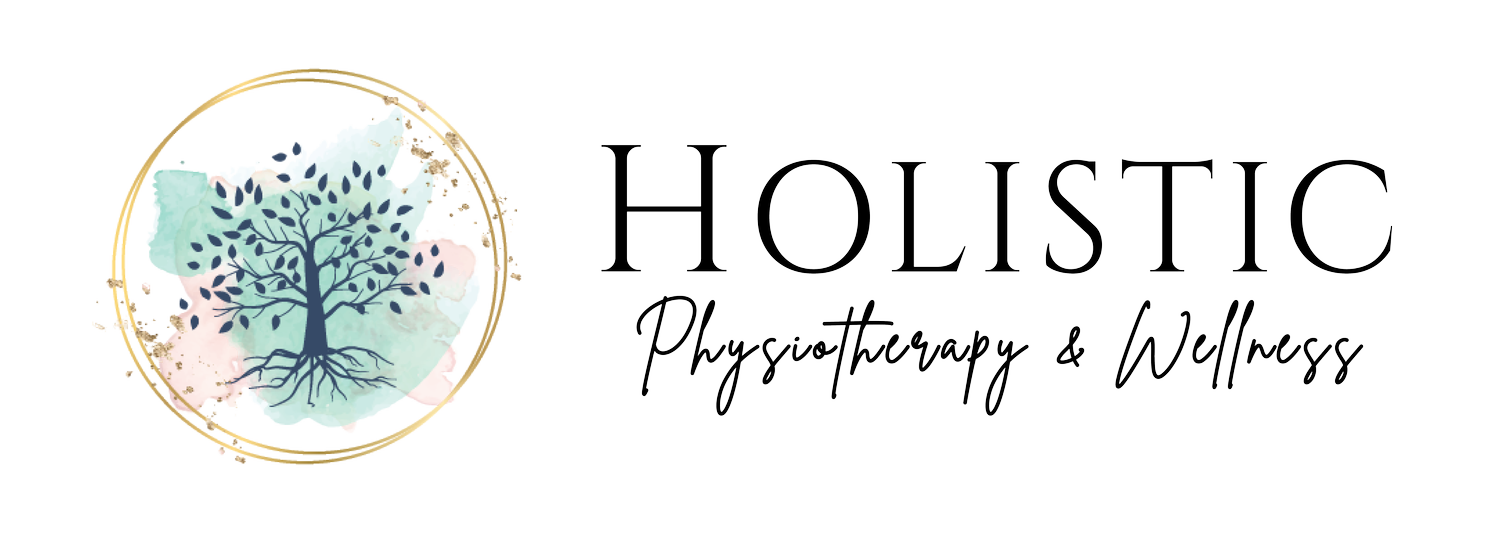Pregnancy and Pelvic Girdle Pain
Written by Lindsey Tasker Cole | August 13, 2020
The act of being pregnant and supporting a new life is truly remarkable. With this great task on our bodies, there are many physical (and hormonal) changes that can create challenges. Most women at some point through pregnancy experience some discomfort through their low back, hips, pubic symphysis, neck/shoulder pain, etc. And this is just to name a few!
Below are some reasons to help explain what pregnancy changes look like in our bodies;
Hormone changes- Relaxin increases ligament laxity, soften cartilage and allows for the widening of the SI joints (near the low back) and pubic symphysis (joint in front pubic area).
Diastasis Recti- Separation of the abdominal muscles occurs as the uterus is expanding. As baby is growing the core muscles are unable to support the low back as they normally would.
Center of mass (COM)- COM moves anteriorly causing the pelvic girdle to tip forward which may result in compressions of the vertebrae in your low back. This can cause pain and irritate the exiting nerves through your spine.
Weight gain- An increase in weight over a short period of time can be taxing on our weight bearing joints and structures (low back, hips, SI joints, knees, ankles, plantar fascia).
Multifactorial- a cumulative effect of age, history of low back pain, high BMI, family history of low back pain, hypermobility of joints prior to pregnancy can all contribute to potential aches and pains of pregnancy.
UGHhh that seems like a lot, right?! But don’t get discouraged, even though many of these changes are not in your control, there are things you can do to help alleviate some of the side effects of pregnancy. These include; non-weight bearing exercise like water aerobics, prenatal yoga, biking, strength training, improving posture and body mechanics, regular exercise, and sometimes a pelvic girdle stability belt may be helpful.
There are actually more risks associated with NOT participating in regular exercise during pregnancy. Even if you don’t exercise, starting something like walking is a great place to begin. Sometimes starting something new while pregnant can be scary, so making sure you have clearance from your health care team is important.
Making sure you have a healthy active pregnancy, can help with an easier labor and delivery and makes recovery that much easier. If you are suffering with low back, hip, or pelvic girdle pain during pregnancy, seeing a Pelvic Floor Physiotherapist can be beneficial in making sure you are able to continue being active. You don’t have to suffer through it, there is always something that can be done.
Lindsey Tasker Cole
Physiotherapist
Pelvic Health Therapist


